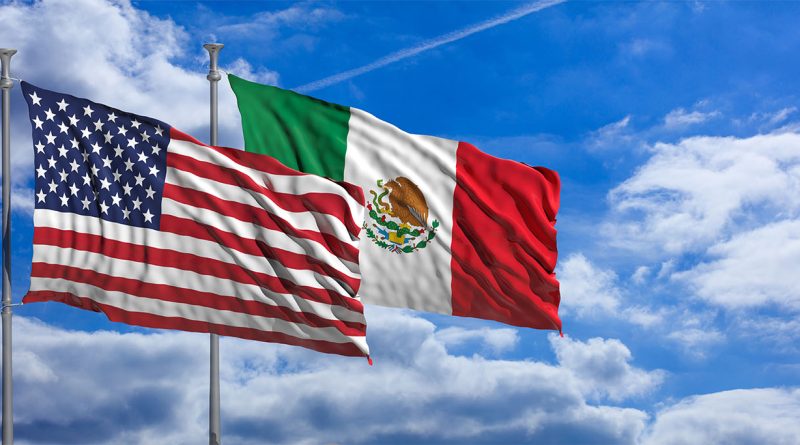How Mexico Became America’s Top Manufacturing Partner
The shifting sands of global trade have dramatically reshaped the economic landscape between the United States, Mexico, and China, marking a new era in manufacturing and supply chain strategies. We delve into the nuances of this transformation, highlighting the pivotal role Mexico has come to play in North American trade, the decline of China’s dominance as the U.S.’s go-to manufacturing hub, and the broader implications of these shifts on global trade dynamics.
The Ascendance of Mexico in North American Trade
Mexico’s geographical proximity to the United States offers unparalleled logistical and cost efficiencies that China, despite its manufacturing prowess, cannot match. The shorter distance for shipping goods means lower transportation costs and quicker turnaround times for businesses operating within North American borders. This advantage has been instrumental in Mexico’s rise as a manufacturing leader, particularly in industries requiring rapid supply chain adjustments.
The United States-Mexico-Canada Agreement (USMCA) has been a cornerstone in strengthening Mexico’s position as a leading trade partner. By providing a stable and predictable legal framework, the USMCA has encouraged significant U.S. investment in Mexican manufacturing sectors, enhancing North America’s competitiveness on the global stage.
China’s Diminished Role in U.S. Imports
The U.S.-China trade war, marked by the imposition of hefty tariffs on Chinese goods, has led many businesses to reconsider their reliance on Chinese manufacturing. These tariffs, aimed at penalizing China for what the U.S. viewed as unfair trade practices, have made Chinese goods more expensive in the American market, prompting a shift towards alternative sources.
Despite the reduction in direct imports from China, its role in the global supply chain remains significant. Chinese components are often integral to products assembled in Mexico and other countries, highlighting the complex interdependencies that characterize global trade. China’s manufacturing sector continues to supply critical components across various industries, from electronics to automotive.
Economic Impacts and Industry Adaptations
The pivot towards Mexico has spurred economic growth and job creation within the country, attracting foreign direct investment from multinational corporations. This investment has been particularly pronounced in the automotive, electronics, and textile industries, which have seen substantial growth due to increased capacity and demand.
For the United States, the move towards nearshoring in Mexico represents a strategic effort to build a more resilient and responsive supply chain. By reducing dependency on distant suppliers, U.S. companies can better manage risks associated with global disruptions, such as those experienced during the COVID-19 pandemic.
Looking Ahead: Opportunities and Challenges
As Mexico’s manufacturing sector continues to expand, it faces challenges related to labor rights, environmental sustainability, and infrastructure development. Ensuring that growth is sustainable and beneficial to the Mexican workforce and ecosystem is paramount for maintaining the momentum of this trade shift.
The evolving trade relationships among the U.S., Mexico, and China reflect a broader reconfiguration of global trade networks. The trend towards nearshoring presents significant opportunities for economic collaboration and growth within North America. However, it also requires careful navigation of geopolitical tensions and economic policies to foster a stable and prosperous trade environment.
The emergence of Mexico as a manufacturing powerhouse and the concurrent decline of China’s dominance in U.S. imports signify a pivotal shift in global trade dynamics. This transformation, driven by strategic advantages, trade policies, and economic imperatives, offers a glimpse into the future of international commerce. As the U.S., Mexico, and China continue to adapt to these changes, the strategies they employ will shape the trajectory of global trade for years to come, underscoring the importance of flexibility, innovation, and collaboration in navigating the complexities of the modern economic landscape.
